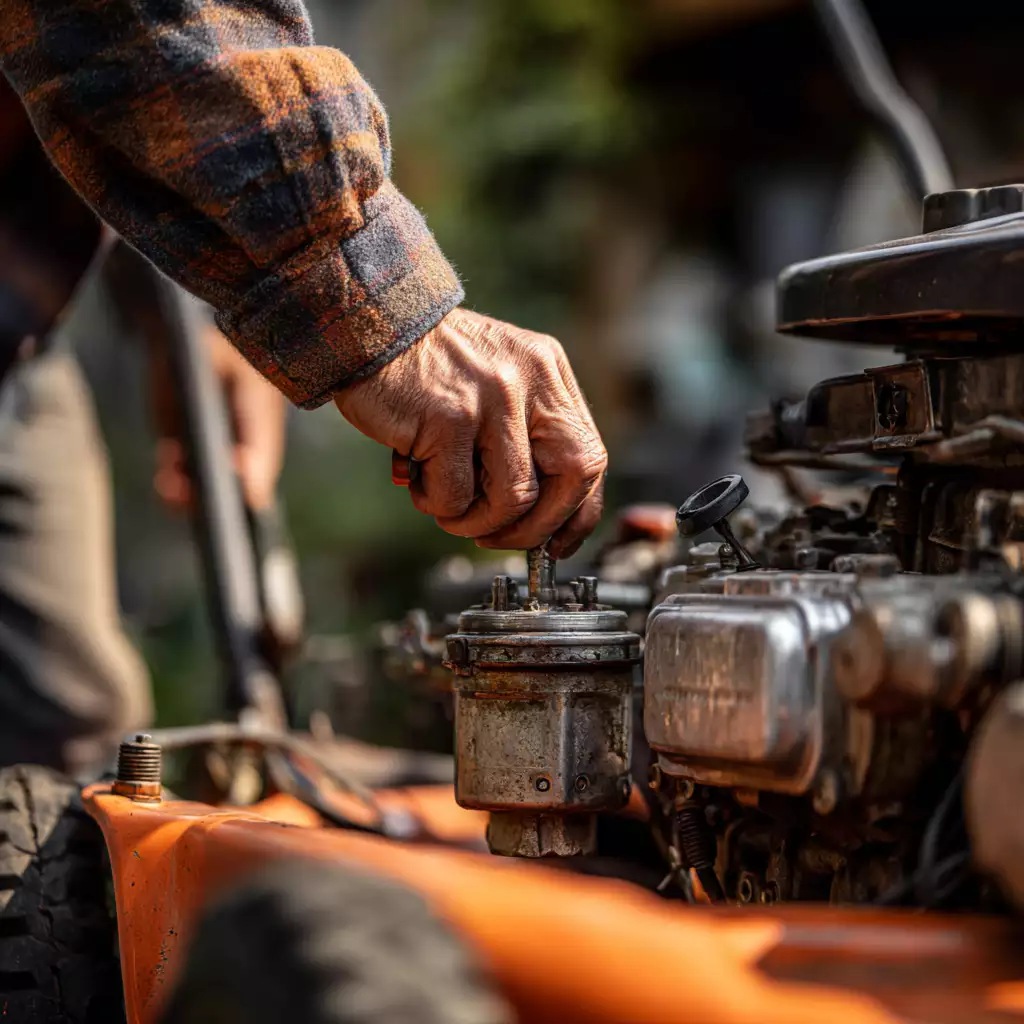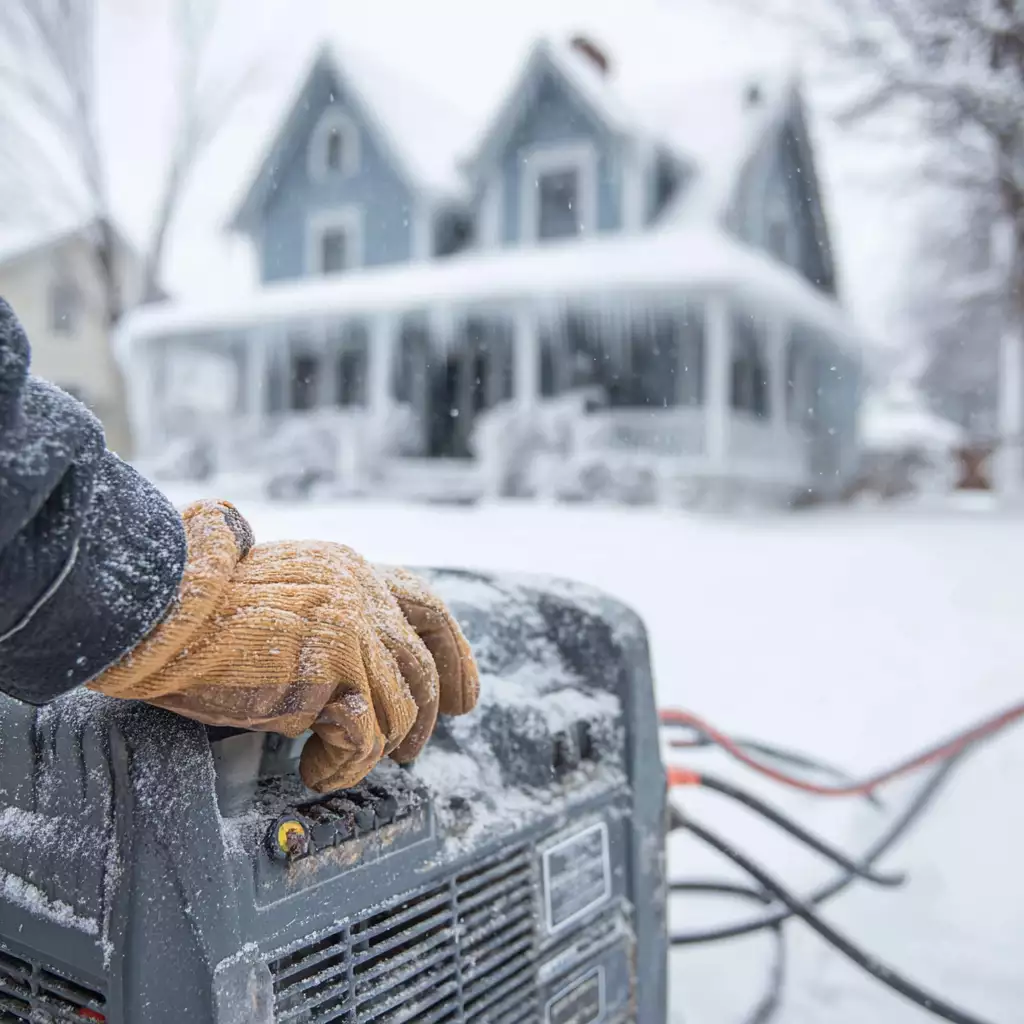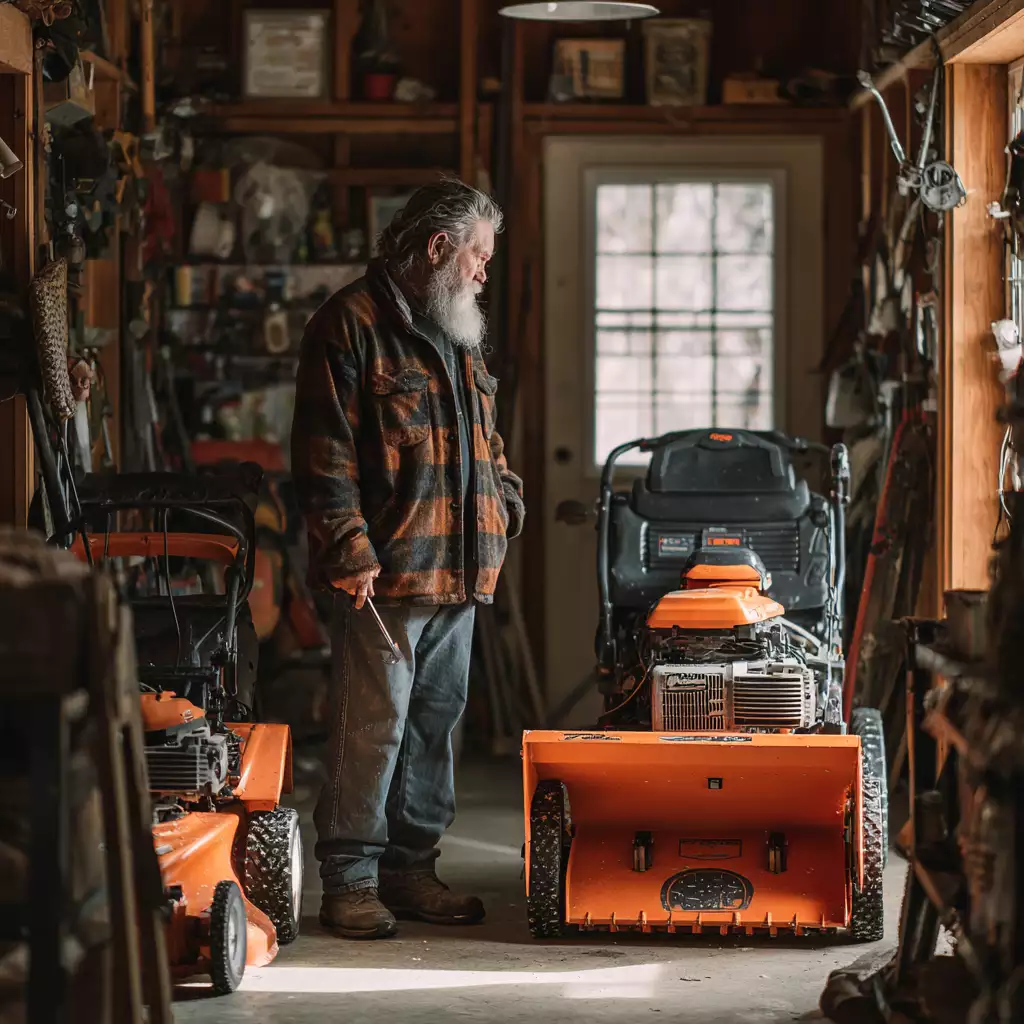Why a Fall to Winter Equipment Maintenance Checklist Matters in New Hampshire
As crisp air settles over New Hampshire and the first frost coats the grass, it’s time to think about transitioning outdoor equipment for winter. A clear fall-to-winter equipment maintenance checklist helps you protect your investment, avoid costly spring repairs, and ensure your snow blower, generator, and other tools are ready the moment you need them.
At Seacoast Power Equipment, we know that New England winters can be demanding. Our team serves homeowners, landscapers, property managers, and semi-retired residents who rely on dependable machines to keep their properties safe and maintained year-round. This guide will walk you through step-by-step maintenance for lawn mowers, snow blowers, generators, and cleanup tools to make sure your equipment starts reliably even in harsh conditions.
Quick Safety First
Before diving into tune-ups, let’s start with safety basics that apply across all equipment:
- Fuel Safety: Store gasoline in approved containers, away from heat sources, and always add stabilizer before storage.
- Battery Handling: Remove batteries where recommended, store them in a cool, dry location, and keep them at partial charge.
- Carbon Monoxide Awareness: Generators must always run outdoors, at least 20 feet away from doors and windows.
- Personal Safety: Gloves and safety glasses prevent injuries when handling blades, spark plugs, or fuel systems.
For more in-depth precautions, read our related blog on essential snow equipment safety tips.
Lawn Mower Storage Tips for Winter
Your mower has worked hard all summer, and now it needs a thorough storage process to prevent springtime headaches.
Clean and Inspect
- Remove grass clippings, dirt, and leaves from the deck and blades.
- Check for rust spots, cracks, or worn components.
Fuel System
- Option A: Run Dry: Safest for carburetors. Run the engine until the tank and lines are empty.
- Option B: Stabilize Fuel: If leaving fuel in, top off with fresh gasoline plus stabilizer and run the engine for 10 minutes.
Oil & Filters
- Change engine oil now, not in spring, to prevent acid buildup.
- Replace or clean air filters and inspect spark plugs.
Battery Care
- Disconnect or remove batteries. Store in a dry location above freezing.
Storage Position
- Store on a flat, dry surface with a breathable cover. Avoid sealing moisture inside.
For mower-specific guidance, you might also check our blog on top tips for lawn equipment evaluation.

Snow Blower Prep Before First Snow
Snowfall can arrive suddenly in New England, so preparing now is crucial.
Controls and Cables
- Check drive and auger controls for smooth operation.
- Adjust cable tension if needed.
Belts, Shear Pins, and Skid Shoes
- Inspect belts for wear and cracks.
- Keep spare shear pins on hand.
- Adjust or replace skid shoes for proper clearance.
Fuel, Oil, and Spark Plug
- Fill with fresh, stabilized fuel.
- Use winter-weight oil for easier cold starts.
- Replace spark plugs if over a year old.
Auger Housing and Impeller
- Remove debris and rust, and coat with non-stick spray.
- Inspect the scraper bar and replace if worn.
Start-Up Test
- Do a cold start on a cool day to confirm readiness.
- Address issues immediately instead of waiting for the first storm.
For snow equipment care, see our blog on essential senior snow blower features.
Generator Winter Readiness
Power outages are common during coastal storms. A ready generator can be the difference between a warm home and frozen pipes.
Placement and Safety
- Operate outdoors only, at least 20 feet from openings.
- Use on a flat, dry surface.
Fuel Management
- Add stabilizer to gasoline. Rotate supply every 30 days.
- For propane or diesel, ensure tanks are topped and valves inspected.
Battery and Cold Starts
- Test electric start batteries and trickle charge if needed.
- Some models may benefit from manufacturer cold-weather kits.
Oil Viscosity and Maintenance
- Use oil weights suited for cold climates, often 5W-30 synthetic.
- Check the manual for recommendations.
Load Test
- Run the generator under load for 10–15 minutes.
- Confirm it powers key appliances and circuits reliably.
Our related blog on essential generator maintenance schedules provides a year-round breakdown.

Battery-Powered Tools and Storage
Modern equipment often includes lithium-ion-powered trimmers, blowers, and even mowers. Proper storage is critical.
- Store batteries at 40–60% charge.
- Keep them above freezing in dry locations.
- Inspect contacts and clean gently if corroded.
Fall Cleanup Tools
Leaf blowers, hedge trimmers, and chainsaws see heavy fall use. Before storage:
- Sharpen and lubricate blades and chains.
- Replace filters and spark plugs as needed.
- Clean housings and check cords or battery packs.
For seasonal cleanup needs, check our blog on top leaf management tools.
Consumables and Parts Checklist
Keep a supply of consumables handy for both prep and mid-season repairs:
- Oil: 5W-30 synthetic for snow blowers and generators.
- Fuel Stabilizer: Use for all stored gasoline.
- Shear Pins and Belts: Essential spares for snow blowers.
- Spark Plugs: Keep extras for snow blowers and generators.
Factors That Affect Service Speed
Many customers wait until the first storm warning to schedule service, leading to delays. Service speed depends on:
- Parts availability
- Current shop workload
- Condition of the equipment
- Customer approvals
Scheduling service early at Seacoast Power Equipment ensures you get ahead of the rush.
Frequently Asked Questions
When should I service my mower if I plan to store it for winter?
Ideally right after your last cut in fall. Service and oil changes prevent corrosion and make spring starts easier.
What is the safest way to store gasoline and batteries over winter?
Gasoline should be stabilized and stored in approved containers in a cool place. Batteries should be charged partially and stored above freezing.
How do I prep a snow blower that has sat unused since last season?
Drain old fuel, add fresh stabilized gas, replace the spark plug, check belts, and run a test start before the first storm.
What generator checks should I do before the first cold snap?
Confirm oil viscosity, battery charge, and fuel freshness, and perform a 10–15 minute load test to make sure it handles essential circuits.
Is ethanol-free fuel or stabilizer better for off-season storage?
Both are effective. Ethanol-free fuel reduces long-term carburetor issues, but stabilizer ensures regular gasoline stays viable through winter.
A fall-to-winter equipment maintenance checklist is crucial for New England homeowners to protect outdoor investments and ensure machines like snow blowers, generators, and lawn mowers are reliable for harsh conditions. This guide provides step-by-step instructions for cleaning, stabilizing fuel, changing oil, and inspecting key components before winter storage or use. By performing these seasonal checks now, you can avoid costly spring repairs and be ready for sudden cold snaps or power outages.
Get Your Equipment Winter-Ready With Seacoast Power Equipment
A thorough fall-to-winter equipment maintenance checklist keeps your property safe, your family comfortable, and your machines ready for action in New Hampshire winters. Whether it’s a mower tucked away for spring, a snow blower ready for the next nor’easter, or a generator standing by for outages, seasonal prep protects your investment.If you need assistance with servicing, storage, or parts, contact Seacoast Power Equipment today. Our team is ready to provide trusted local support for homeowners, landscapers, property managers, and more across the Seacoast region.

